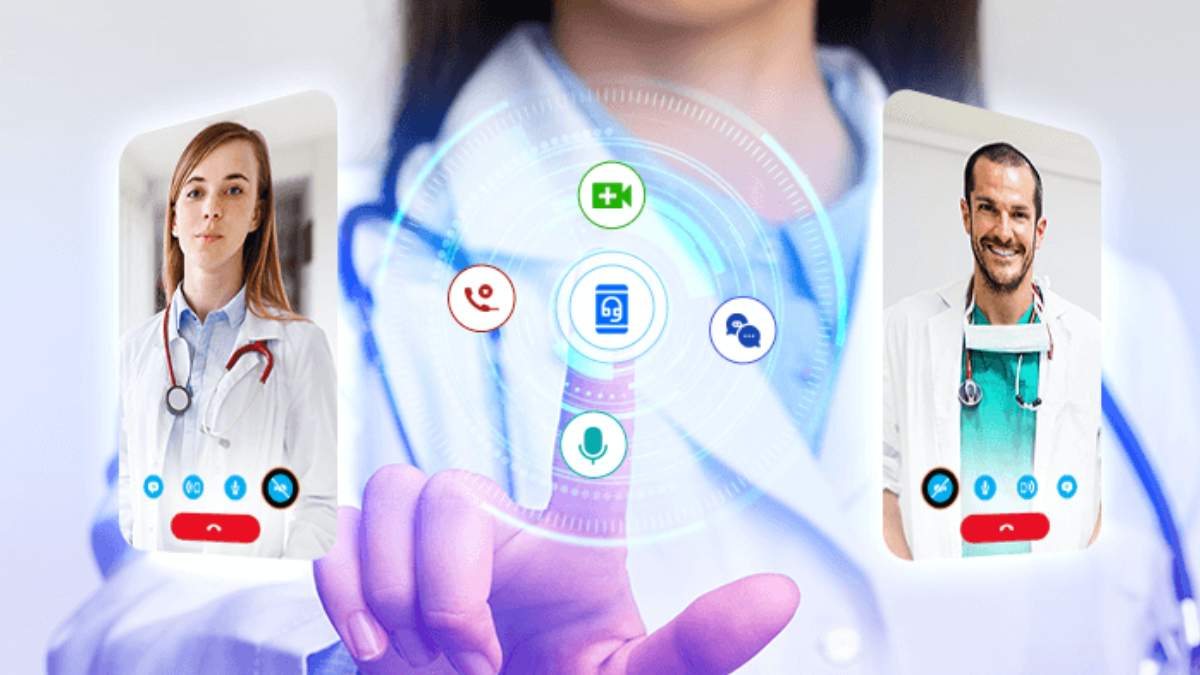Hospital telemedicine services have revolutionized patient care by allowing remote consultations, diagnosis, and monitoring through digital platforms. Telemedicine ensures healthcare accessibility, especially for patients in rural areas or with mobility challenges. Hospitals integrate telemedicine into outpatient care, follow-ups, chronic disease management, and specialist consultations.
Importance of Telemedicine in Hospitals
- Improved Accessibility: Patients in remote locations receive quality care.
- Reduced Hospital Visits: Minimizes travel and waiting time for non-critical cases.
- Continuity of Care: Regular monitoring for chronic disease patients.
- Cost-Effective Healthcare: Reduces unnecessary hospital visits and hospital congestion.
- Timely Consultation: Rapid access to specialists, particularly in emergencies or referrals.
Key Components of Telemedicine Services
1. Virtual Consultations
- Video, audio, and chat-based consultations with doctors and specialists.
2. Remote Monitoring
- Wearables and home monitoring devices transmit patient vitals to doctors in real-time.
3. E-Prescriptions
- Digital prescriptions sent directly to the patient or pharmacy.
4. Tele-Radiology
- Remote interpretation of imaging scans for diagnosis and treatment planning.
5. Chronic Disease Management
- Continuous monitoring of diabetes, hypertension, and heart conditions.
6. Tele-ICU Services
- Remote ICU monitoring and guidance from specialists for critically ill patients.
Role of Hospital Telemedicine Staff
- Doctors and Specialists: Provide remote consultations and medical guidance.
- Telemedicine Coordinators: Schedule appointments, maintain records, and ensure platform functionality.
- Nurses and Technicians: Monitor patient vitals remotely and guide patients in device usage.
- IT and Support Staff: Ensure secure data transmission, software functionality, and cybersecurity.
Equipment and Technology in Telemedicine
- Secure video conferencing platforms.
- Remote monitoring devices for blood pressure, glucose, heart rate, and oxygen levels.
- Digital diagnostic tools like portable ECG, pulse oximeters, and smart stethoscopes.
- Cloud-based patient record systems integrated with EHR.
- Mobile apps for patient-doctor communication and appointment scheduling.
Challenges in Hospital Telemedicine
- Ensuring high-speed internet connectivity in rural areas.
- Patient unfamiliarity with digital tools and devices.
- Data privacy and cybersecurity concerns.
- Integration with hospital EHR systems for seamless care.
- Managing complex cases that require in-person evaluation.
Future of Hospital Telemedicine
- AI-Assisted Diagnosis: AI algorithms to support clinical decision-making.
- Virtual Reality Consultations: Immersive platforms for patient education and treatment guidance.
- Expansion of Remote Monitoring: More sophisticated wearables and IoT-enabled devices.
- Global Telemedicine Networks: Access to international specialists for rare diseases.
- Personalized Tele-Care: AI-driven health recommendations based on patient data trends.
FAQs on Hospital Telemedicine Services
1. What is telemedicine in hospitals?
Remote healthcare services that allow consultation, diagnosis, and monitoring through digital platforms.
2. Who can access telemedicine services?
Patients in rural areas, chronic disease patients, follow-up patients, or anyone unable to visit physically.
3. What services are offered via telemedicine?
Virtual consultations, remote monitoring, e-prescriptions, tele-radiology, and chronic disease management.
4. How does remote monitoring work?
Wearables and home devices transmit patient vitals to doctors in real-time for analysis.
5. Can telemedicine replace hospital visits?
For non-critical cases and follow-ups, yes. Complex conditions may still require in-person visits.
6. How is patient data protected in telemedicine?
Secure encryption, cloud storage, and compliance with healthcare privacy regulations.
7. What equipment is needed for telemedicine?
Smartphones, computers, internet, video conferencing software, and monitoring devices.
8. What challenges do hospitals face with telemedicine?
Connectivity issues, patient education, cybersecurity, integration with EHR, and handling critical cases.
9. Can telemedicine help in emergencies?
Yes, it provides rapid consultation and guidance until the patient reaches a hospital.
10. What is the future of hospital telemedicine?
AI-assisted diagnosis, VR consultations, advanced wearables, global networks, and personalized care.

